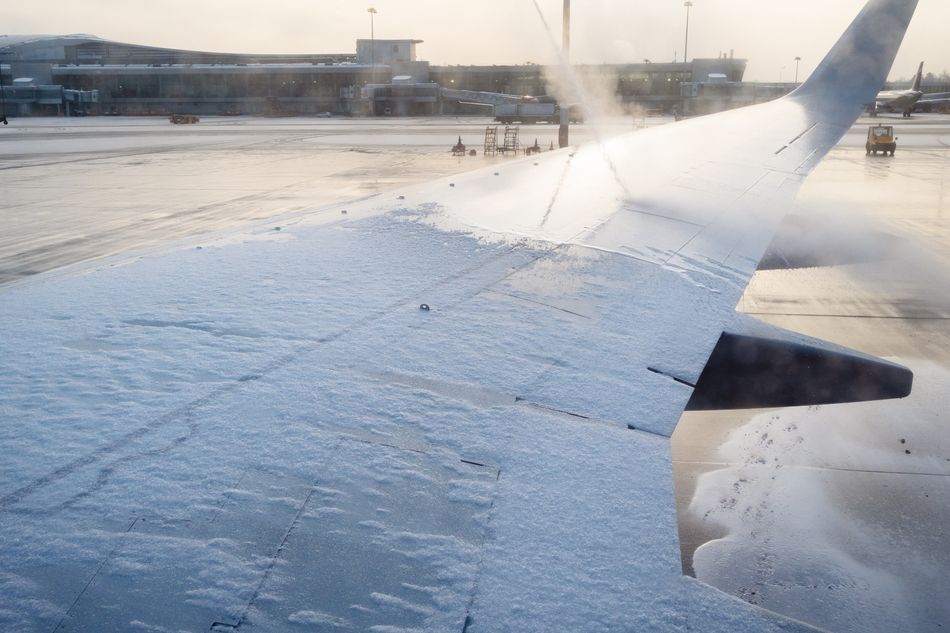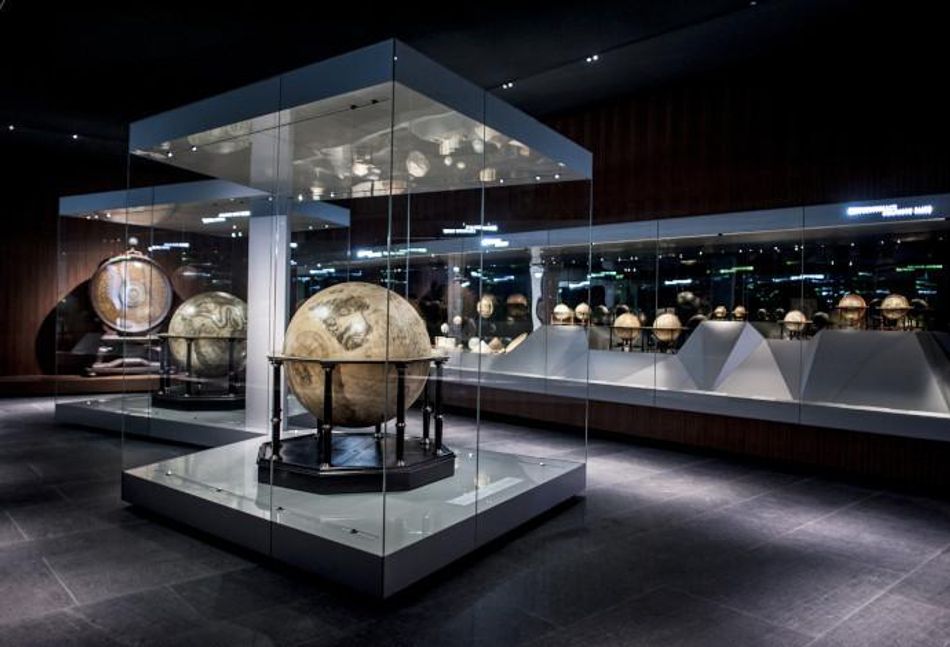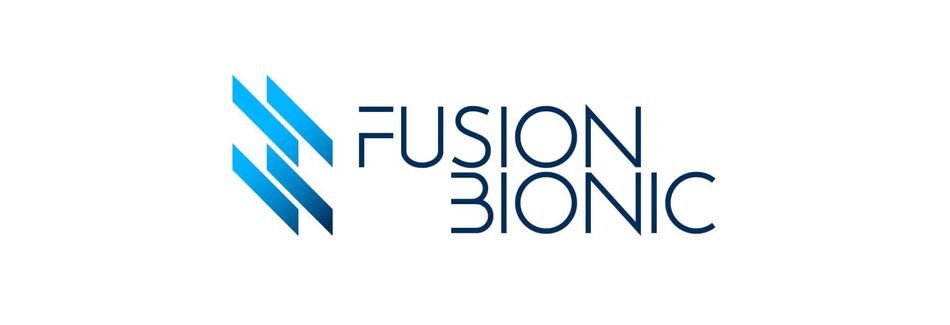Introduction to Surface Functionalization: Types and Applications
The function of surfaces is a critical aspect of product design. With the help of technologies like Direct Laser Interference Patterning, it is possible to engineer and rapidly manufacture long-lasting surface modifications.

The critical nature of surfaces
Surfaces provide a means for humans and machines to interact with their surroundings. The functionality of surfaces determines their ability to be applied for various uses. For specific applications, the physical properties of surfaces need to be altered to meet the requirement of the application or to improve their performance. Consider, for example, the way eyeglass lenses are coated with an anti-reflective layer to prevent disturbing reflections.
Similarly, it is possible to apply different types of coats to modify other surface properties to react in a specific way. Other surface engineering approaches such as sandblasting and chemical etching can be facilitated as well to tailor the surface characteristics for various applications in the medical and consumer industry.
But coating the surfaces with different substances presents issues such as wear, degradation over time, and the high cost and time of applying them. Likewise, sandblasting and chemical etching can show a tremendous negative impact concerning material disposal or handling.
This article explores the concept of surface functionalization and how different surfaces can be engineered to offer specialized physical, chemical, biological, or electrical properties. Further, we also introduce Direct Laser Interference Patterning (DLIP), a technology based on laser surface texturing that enables tailored surface modifications for almost all kinds of applications.
Introduction to Surface Functionalization
Surface functionalization refers to the act of modifying a surface to give it physical, chemical, or biological characteristics different from the ones originally possessed by it. Properties such as wettability, haptics, optical appearance, reflectivity, and sliding properties are just some examples of possible modifications that can be carried out by surface functionalization.
There are multiple approaches for achieving surface modification depending on the source material, the functional intent, and the required duration of the surface change. Below is a list of common desired surface properties and how they are achieved using surface functionalization.
Superhydrophobicity & Superhydrophilicity
Hydrophobicity is a property of surfaces that enables them to repel fluids, in most cases water. Superhydrophobicity intensifies the same effect and makes functionalized surfaces repel fluids even more. Surfaces with superhydrophobic properties are extremely difficult to wet. On the contrary, hydrophilicity and superhydrophilicity tend to attract water strongly which results in maximized coverage and even droplet avoidance.
With the help of a suitable surface modification, it is possible to change the contact angle of the surface with fluids and hence, the overall wettability of a surface. The present industry-standard method for making surfaces superhydrophobic involves coating them with a thin layer of water-repellant material like teflon or wax. Similarly, polymeric coatings can be also used to introduce (super-)hydrophilic behaviors.
The resulting surface eg. exhibiting superhydrophobic properties, would have a reduced area of contact with the liquid, making it easy for the droplets to slide or roll-off. This water-repellent property also grants the self-cleaning ability to the surfaces treated for superhydrophobicity. A comparable cleaning effect can be achieved by superhydrophilic coatings on glass and window surfaces so that no disturbing drop formation takes place.
While the current approach of surface coating is cheap and may look attractive at first, the effects typically don’t last long. The coating may get peeled off as the surface is exposed to the environment. Gradually, the coating depletes until it eventually loses its hydrophobic properties. Reapplication of the coating is the only possible option that remains, which reduces the reliability of the products and increases the maintenance costs in the long run. Not to forget, the coatings are made with a different substance than the surface and hence, might as well change some aspects of their behavior.
The requirements of superhydrophobic and superhydrophilic surfaces are most prevalent in automotive, consumer, construction, aviation, monitoring, and some upcoming end-user industries. [1] In some cases, the applications demand more than just the droplet repelling or dispersing ability. For example, wings of airplanes coated with superhydrophobic material are expected to repel dirt and ice as well. And then, there are applications like chip manufacturing and biomedical applications where a coating isn’t always feasible.
Forming specific surface patterns with the help of a LASER treatment can be a great alternative to applying coatings. The patterns are intrinsically a part of the structure which potentially bypasses disadvantages of coating solutions such as adhesion problems as well as long-term stability issues.
There are several applications of superhydrophobic and superhydrophilic surfaces in industrial and consumer products. Some of them are:
- Automobiles: A controlled wettability of oil in combustion engines can increase overall efficiency, thus reducing friction and wear of engine components. Some external car parts (like mirrors) can be made superhydrophilic to prevent water droplets from settling over them.
- Aerospace: Hydrophobic surfaces have been shown to prevent icing up to a great extent. Wings of airplanes can be engraved with protrusions on the nanoscale so that they don’t get iced easily and stay frost-free.
- Other applications: Functionalized surfaces also find their applications in consumer electronics, renewable energy systems, medical instruments, industrial systems, and a lot of other domains. Making surfaces hydrophobic or hydrophilic can be used wherever protection from water is required.
Anti-reflectivity and Anti-glare
When light is incident on the surface of separation between two media with different refractive indexes, it gets reflected and refracted simultaneously. The scattering of light that takes place in the process makes the surface hard to look at/look through. This applies especially to eyeglass lenses or smartphone displays.
To deal with this issue, anti-reflective and anti-glare surfaces were developed. Anti-reflective surfaces reflect a very small portion of light incident on them while anti-glare surfaces scatter the incident light which otherwise would disturb the shown content on the screen of eg. a smartphone device. By reducing the loss of light due to reflection, it is possible to develop surfaces with high transparency that allow the maximum amount of light to pass through them. Similarly, by selectively scattering the reflections of the incident light, the shown content on a tablet screen can be significantly improved especially in bright or strongly illuminated environments.
Similar to the way surfaces are made superhydrophobic by applying an additional layer of superhydrophobic material, a popular way of making anti-reflective surfaces too requires applying a layer of anti-reflective material to be deposited over the surfaces. To allow for anti-glare surfaces, chemical etching, sandblasting, or special coatings are typically facilitated.
Anti-reflective coatings increase the amount of light passing through the surfaces, and that’s how they contribute to the enhancement of vision clarity. For glasses and eyewear, anti-reflective coatings can bring benefits like blue light filtering and UV protection. These coatings can also cut blue light, prevent smudges and extend the life of the lenses, but only as long as they remain on the surface.
Anti-glare coatings on the other hand, are used to cut down the dazzling light to reduce eye strain and fatigue. These coatings are typically used with glasses and screens. Anti-glare glasses are especially useful when facing bright lights during the night whereas anti-glare screens are good to have with most consumer electronic devices bearing a display. Either way, with the glare removed, the user’s vision is clearer, sharper, and more accurate.
In this case too, laser-based surface functionalization techniques can be used as improved alternatives to coatings or even other surface engineering approaches such as chemical etching.
Here are some of the applications of anti-reflective and anti-glare surfaces used today:
- Photography: Camera lenses can be coated with anti-reflective material to let them capture images in extremely low-light conditions with high clarity.
- Renewable energy: The glass of solar panels can be made anti-reflective to boost the amount of sunlight absorbed by the semiconductor present in the unit. This can increase the overall efficiency of the system.
- Screens: Displays of consumer electronic devices such as smartphones, tablets, computers, and televisions can be functionalized to develop anti-glare and anti-reflective properties. By allowing more light to pass through the screen, good picture quality can be ensured from different viewing angles.
- Optics: Spectacles can be made with similar technology for reducing glare to improve the overall product quality.
Light guidance
Light guidance, as the name suggests, is the property that enables a transparent medium to manipulate the flow of light. Light guides can be used to distribute light from a source to the particular areas where illumination is required.
The effect can be reproduced with transparent surfaces to make them behave in a specific way when a beam of light is incident on them. Nanostructures having the size in the order of the wavelength of light can be electromagnetically modeled to manipulate the movement of light to obtain the desired functionalities.
Some applications where laser surface functionalization improve the state-of-the-art include:
- Security Holograms: Typically provided as stickers, advanced laser technologies can imprint these iridescent features directly on the products surface to prove their authenticity. Since holograms are difficult to forge, they are normally used on currency notes, credit cards, and many expensive and exclusive products to distinguish originals from counterfeit ones.
- Solar Panels: Enhanced light guidance through the photovoltaic cell leads to a longer travel path of light which improves energy conversion and ultimately the efficiency of the system.
- Photonics: Guiding electromagnetic waves is the basis of the study of photonics. By implementing light-guiding structures in the polymers, they can be used for several integrated photonics applications.
Laser-based Surface Functionalization
The challenges attached with using surface coating or other established surface engineering techniques mentioned before for their functionalization sometimes outweigh the benefits they bring along. Shortcomings of using conventional surface functionalization methods such as coatings or chemical etching include:
- Effects start to fade off after a couple of months
- May alter the physical and chemical behavior of the surface
- May release fumes and pollutants which can have effects on health and environment
- Potentially dangerous handling of chemical components
As introduced earlier in the article, an interesting alternative to depositing a different material on any surface can be engraving functional micro- and nanostructures on them using laser technologies. Engraving the surfaces instead of coating them ensures the functionalization is in many cases more versatile and even robust and long-lasting. The functional structures can have different shapes and forms (dot-like, line-like, cross-like, or something more complex), typically optimized to the final requirements of the application.
The process can be carried out by laser, but special techniques are required to speed up the process and keep the patterns accurate. Direct Laser Interference Patterning, in short DLIP, has recently emerged as a functionalization technique for creating well-controllable micro- and nanostructures on almost all commonly used surfaces such as metals, glasses, polymers, and more with great precision. The method involves using the interference of multiple laser beams to engrave functional structures at high speed up to 3 m²/min.
Conclusion
Applications of surface functionalization are highly flexible and span numerous different fields. Non-contact laser-based surface functionalization technologies like DLIP seem promising, owing to their agility, affordability, and compatibility. Cutting-edge technologies combined with a little inspiration from nature can open up a whole new world of possibilities for advancements in technical surfaces.
Future articles in this series will explore DLIP in more depth and examine applications, use cases, and more.
About the sponsor: Fusion Bionic
Fusion Bionic is a tech startup from Dresden, Germany, that empowers surfaces with cutting-edge laser functionalizing technologies. Inspired by the unique behaviors of the natural surfaces, Fusion Bionic offers ways to improve the performance of a vast array of surfaces for industrial and commercial use.
References
[1] Superhydrophobic coatings market - growth, trends, COVID-19, and forecast (2022-2027), Mordor Intelligence, [Online], Available from:
https://www.mordorintelligence.com/industry-reports/superhydrophobic-coatings-market
[2] Manoharan K, Bhattacharya S. Superhydrophobic surfaces review: Functional application, fabrication techniques and limitations. Journal of Micromanufacturing. 2019;2(1):59-78. doi:10.1177/2516598419836345
[3] Wing scales cause light to diffract and interfere - biological strategy - AskNature. (n.d.). Retrieved January 2022, from https://asknature.org/strategy/wing-scales-cause-light-to-diffract-and-interfere/
[4] Zhang, S., Chen, Y. Nanofabrication and coloration study of artificial Morpho butterfly wings with aligned lamellae layers. Sci Rep 5, 16637 (2015). https://doi.org/10.1038/srep16637



